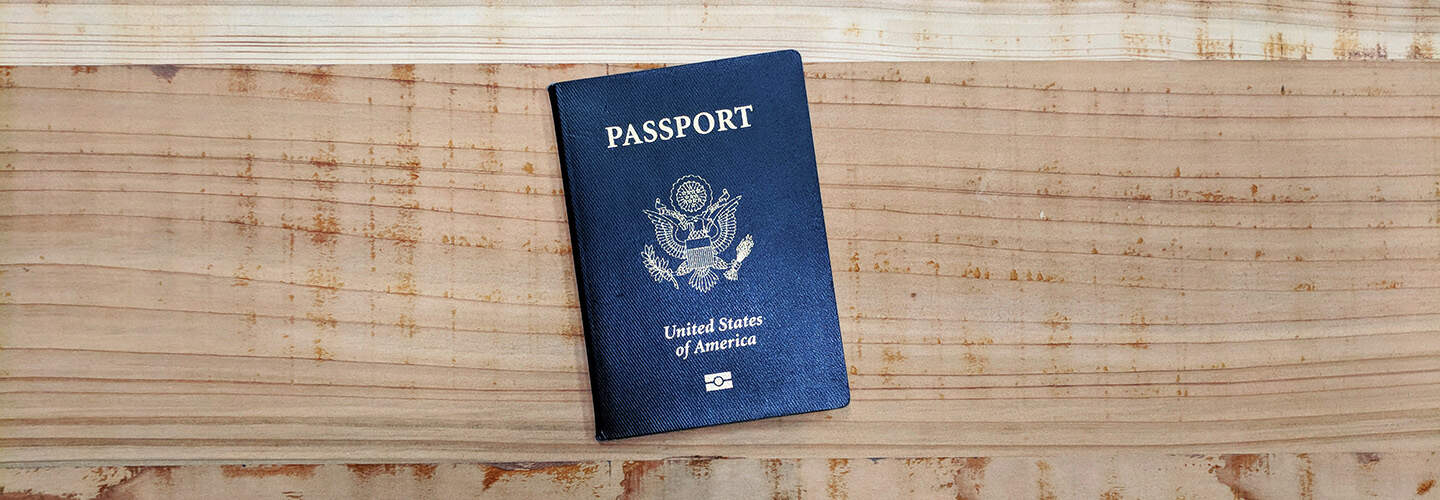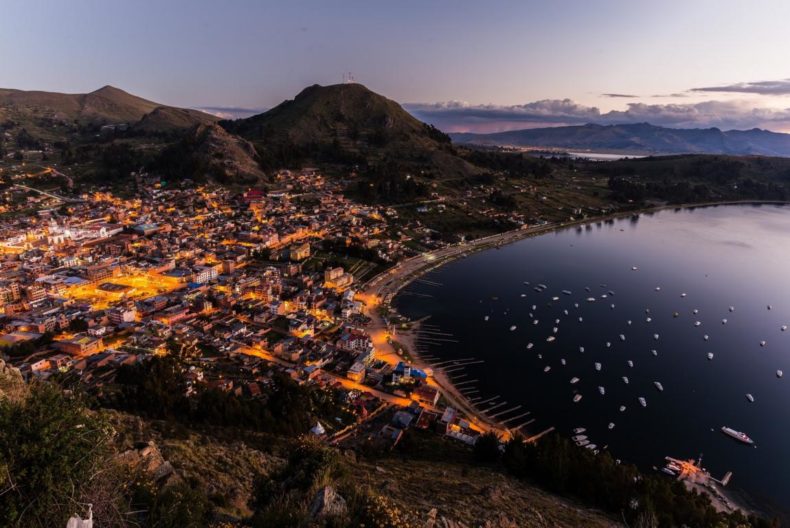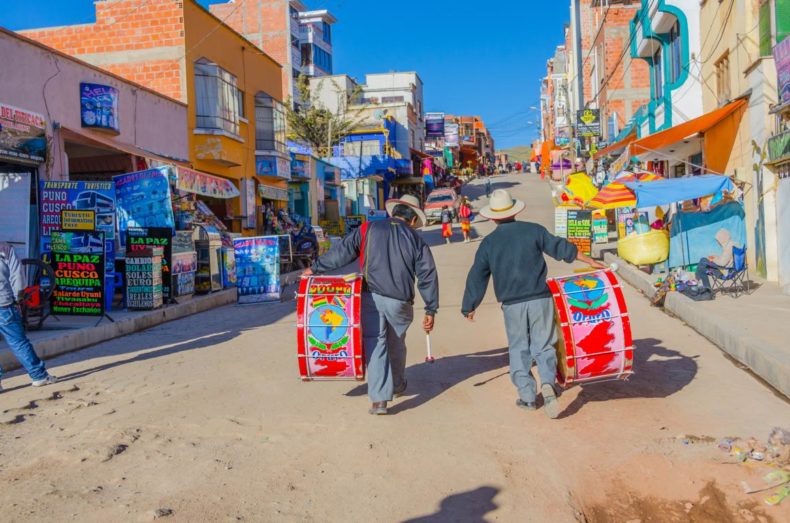Crossing any border can be stressful; the Bolivia Peru border can be especially so. Make sure you have everything that you need in order to enter.

The Bolivia-Peru border crossing may sound like a daunting task, and sometimes it is. It is easy to run into problems, delays, and just a whole lot of hassle when crossing the border, especially when you are not well prepared. Knowing where to cross and which documents to carry is essential.
Bolivia Hop offers a safe, flexible and fun way to travel in Bolivia as well as a painless border crossing into Peru. Check out the How It Works page to learn why Bolivia Hop is one of the best ways to discover Bolivia and Peru.

Border checkpoints are a little distance from the border. If you are traveling from Bolivia to Peru, you will arrive at the Bolivian checkpoint with the bus. There, you will get off in group, wait in the International line and get an EXIT stamp. Next, you will cross the border and arrive at the Peruvian checkpoint and get your ENTRY stamp.
One of the best ways to avoid any problems or issues is to know the best spots to cross the border. There are two main terrestrial passages, one at Copacabana and one at Desaguadero. If you want to avoid major lines and issues your best option is Copacabana. Desaguadero is a much more direct route to La Paz but that also makes it busier and more hectic than the Copacabana crossing. The hour that you spend extra traveling to the Copacabana route, you make up for at the passport stamping station.
It is very important that you have all the necessary documents ready before getting to the border crossing. It can make for a very stressful time if you do not have your documents in order.
Make sure not to overstay your legal time in the country as this is a long and drawn-out process. For every day overstayed, you must pay ~2 US dollars. This can bring along some extra trouble as some border officials might look for a bribe. This is one thing you should avoid if you don’t want problems at the border. Usually, you will be able to stay for 90 days. If they give you less, ask for 90.

Make sure to get these documents ready BEFORE you hop on a bus.
Some countries also need to apply for a Visa to enter Bolivia. This can be done at the Bolivian embassy and depending on where you are from it might be possible to do it at the border. Look up what your visa requirements are in your specific case.
Some of these documents might not be asked at the border depending on where you are from and who you are dealing with but do some research before crossing the border to find out exactly what you need and bring it just in case.
Did you know? Bolivia Hop was setup by 2 Irish guys in 2014 and was voted the #1 way to travel around Bolivia in 2024! Click here for more info.
Keep in mind that the above information can change at any time.
All in all, crossing the border between Bolivia and Peru can be a smooth and painless process. As long as you do your research before leaving, get your paperwork in order, and have some patience, you’ll be fine! But to be on the safe side, make sure to check out our passes where a local, expert Bolivian guide is always onboard and will help out during the border crossing through Copacabana.